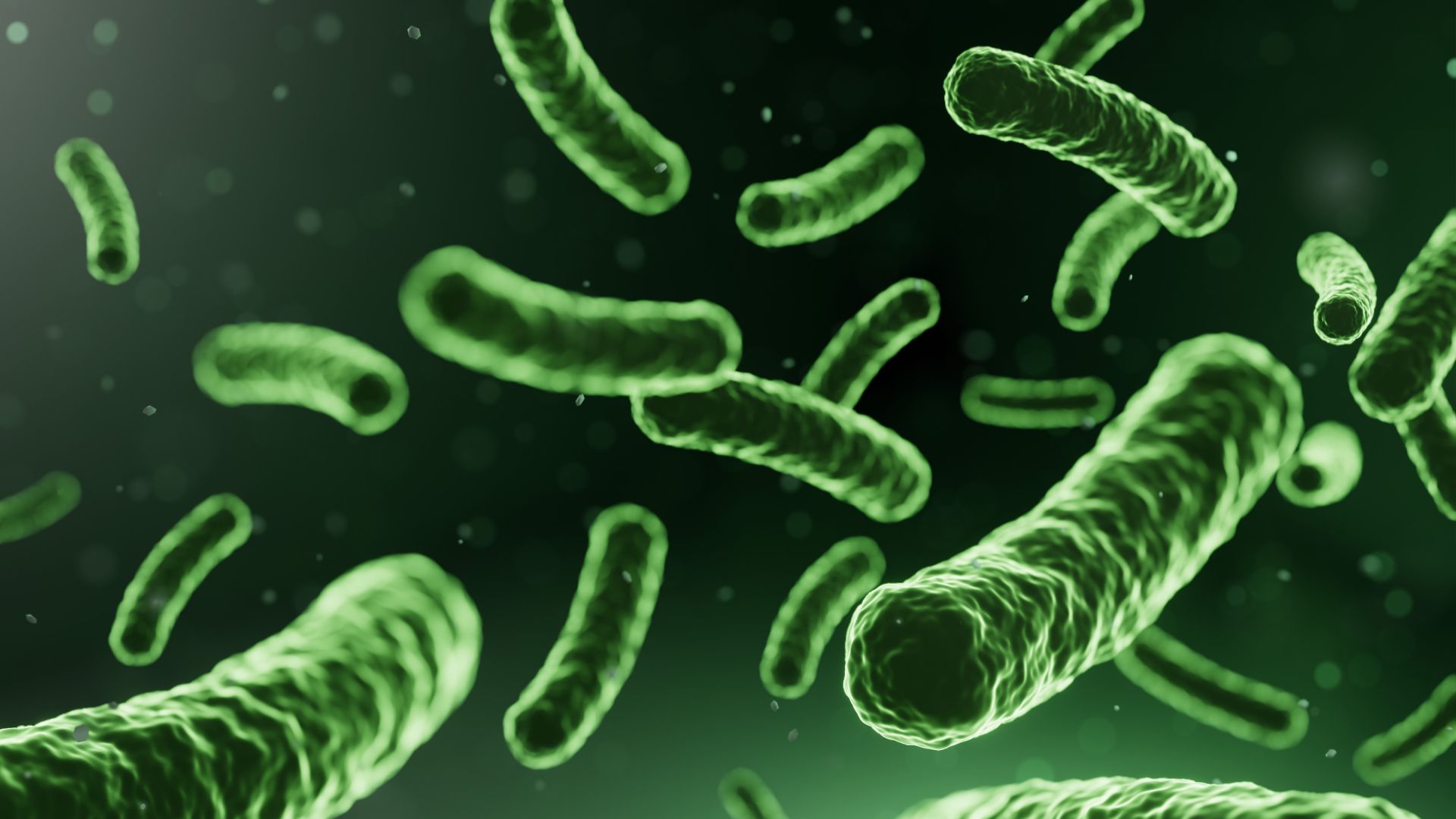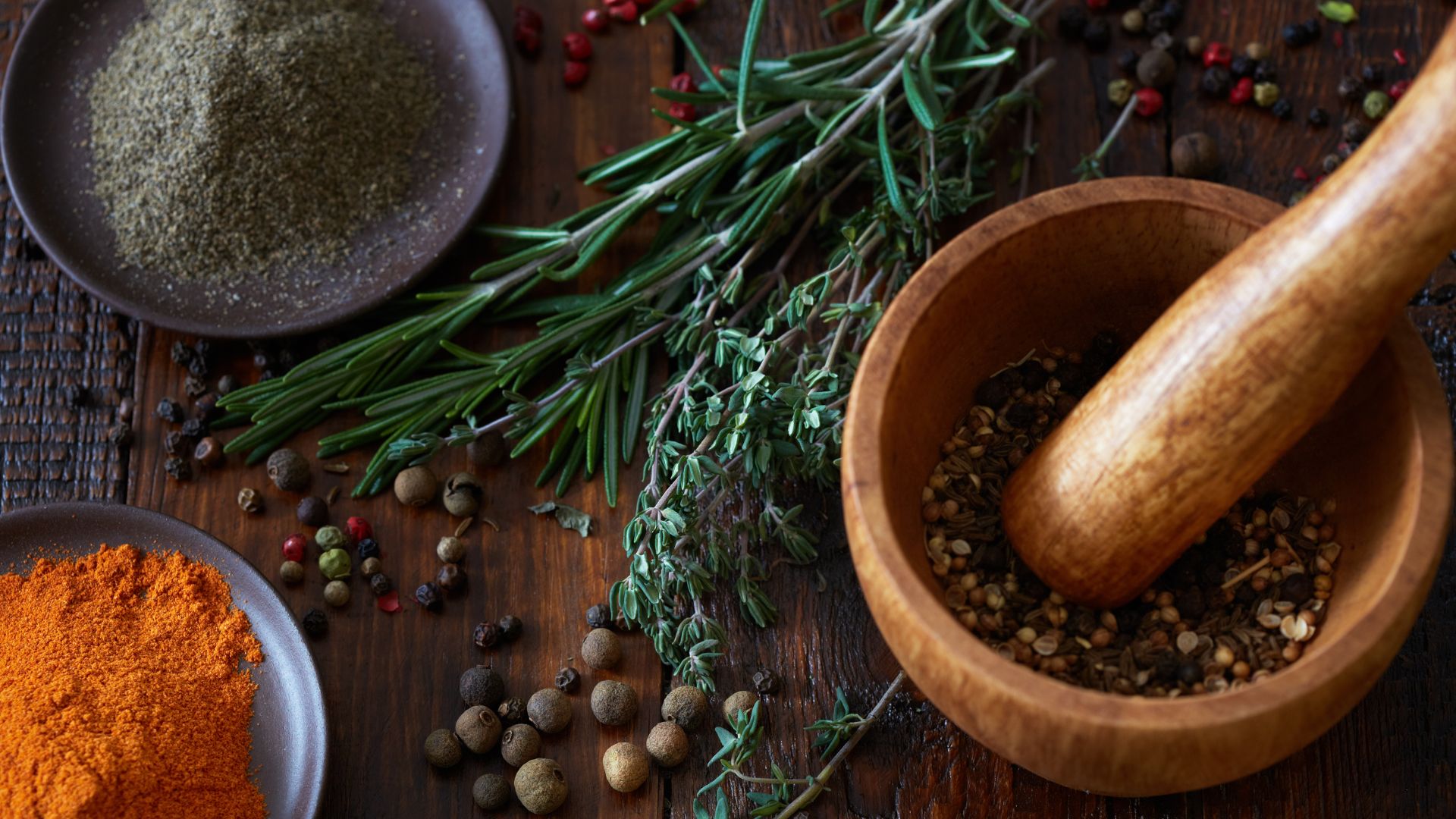The selection of herbal extracts for supplement formulation represents a critical juncture in creating efficacious nutraceutical products. With over 80% of global populations relying on herbal medicine according to WHO estimates, the demand for standardized, bioactive-rich extracts has never been higher6. This comprehensive guide examines the biochemical, manufacturing, and quality control considerations essential for product formulators, drawing from patented extraction technologies1, clinical standardization protocols3, and global regulatory frameworks7. Through detailed analysis of extraction methodologies, phytochemical preservation techniques, and supplier verification processes, we establish a evidence-based framework for optimizing herbal extract selection in modern supplement development.
Biochemical Foundations of Herbal Extract Efficacy
Phytochemical Complexity in Medicinal Plants
The therapeutic potential of herbal extracts stems from their complex phytochemical matrices containing primary metabolites (carbohydrates, proteins) and secondary metabolites (alkaloids, terpenoids, flavonoids). Modern chromatography techniques reveal that a single Echinacea purpurea extract contains over 20 bioactive alkylamides and caffeic acid derivatives, each contributing to immunomodulatory effects36. This chemical diversity necessitates advanced standardization approaches to ensure consistent biological activity across production batches.
Bioavailability Optimization Strategies
Recent advancements in extraction technologies have significantly improved bioactive compound bioavailability. The WO2002062363A1 patented process demonstrates how controlled fermentation with Lactobacillus strains increases phenolic content by 42% compared to conventional aqueous extracts1. Such enzymatic biotransformation processes modify glycosylated compounds into more bioavailable aglycone forms, enhancing intestinal absorption kinetics.
Standardization Methodologies in Industrial Production
Quantitative vs. Biological Standardization
Modern herbal extract standardization employs two complementary approaches:
- Phytochemical Standardization: Utilizes HPLC and GC-MS to quantify marker compounds (e.g., ≥24% ginsenosides in Panax ginseng extracts)36
- Biological Standardization: Measures pharmacological activity through in vitro assays (e.g., COX-2 inhibition for anti-inflammatory potential)6
The WHO guidelines emphasize that true standardization requires both chemical and biological profiling, as synergistic phytocomplexes often demonstrate greater efficacy than isolated compounds6. Current GMP protocols mandate a minimum of three orthogonal analytical methods for complete phytochemical characterization7.
Novel Extraction Technologies
Comparative studies of extraction methods reveal significant differences in bioactive yield:
| Method | Solvent Efficiency | Thermal Degradation | Operational Cost |
|---|---|---|---|
| Supercritical CO₂ | 92% ± 3% | <5% | High |
| Microwave-Assisted | 88% ± 5% | 12-18% | Medium |
| Ultrasonic | 85% ± 4% | 8-15% | Low |
| Traditional Maceration | 72% ± 7% | 20-30% | Very Low |
Data adapted from UNIDO extraction technology assessments4
The WO2002062363A1 patent introduces a hybrid thermal-fermentation process achieving 94% extraction efficiency for polar compounds while preserving heat-sensitive terpenes through rapid nitrogen cooling1. Such innovations highlight the importance of selecting extraction methods aligned with target phytochemical profiles.
Quality Assurance Protocols for Extract Selection
Supplier Qualification Framework
Current FDA 21 CFR 111 regulations mandate a four-tier supplier verification process:
- Documentary Audit o Certification validity (ISO 9001, USDA Organic) o Batch-specific COAs with HPLC chromatograms7
- Physical Authentication o Macroscopic/microscopic botanical verification o DNA barcoding for species confirmation6
- Performance Validation o Three consecutive batch analyses o Accelerated stability testing (40°C/75% RH for 6 months)7
- Continuous Monitoring o Quarterly bioactive content audits o Annual onsite GMP inspections7
Leading manufacturers like Arjuna Natural employ blockchain-enabled traceability systems, providing real-time access to cultivation records and extraction parameters2.
Contaminant Mitigation Strategies
The 2024 WHO guidelines establish stringent limits for herbal extract contaminants:
• Heavy Metals: ≤10ppm total (As+Cd+Pb+Hg) • Mycotoxins: ≤20ppb aflatoxins • Pesticides: ≤0.01mg/kg for WHO Class Ia compounds6
Advanced purification techniques including molecular distillation and activated carbon filtration now achieve 99.8% pesticide removal while retaining 95% of native phytochemicals4.
Formulation-Specific Extract Considerations
Capsule Compatibility
Hydrophilic extracts (≥80% polyphenols) require specialized encapsulation approaches:
• Silicone dioxide coatings prevent hygroscopic clumping • Delayed-release capsules maintain gastric stability • Enteric coatings (pH 5.5 dissolution) enhance duodenal absorption5
Topical Delivery Systems
Nanoemulsion technologies (50-200nm droplet size) improve dermal penetration of lipophilic compounds:
• Curcuma longa nanoemulsions show 300% increased transdermal flux vs. conventional extracts5 • Phytosome complexes (extract+phospholipids) enhance stratum corneum partitioning5
Beverage Applications
Fermented herbal extracts demonstrate superior solubility and flavor profiles:
• Patent WO2002062363A1 formulations achieve 18-month stability at pH 3.01 • Microencapsulated extracts prevent sedimentation in RTD beverages5
Emerging Technologies in Extract Optimization
Metabolic Pathway Engineering
CRISPR-Cas9 edited Artemisia annua lines now produce 300% more artemisinin through upregulation of amorpha-4,11-diene synthase genes. Such bioengineered cultivars address supply chain vulnerabilities while reducing extraction costs by 40%4.
Artificial Intelligence in Phytoprocessing
Machine learning algorithms now optimize extraction parameters in real-time:
• Neural networks predict optimal ethanol/water ratios within ±2% accuracy • Computer vision systems monitor colorimetric changes during percolation • Predictive analytics forecast bioactive degradation rates during storage4
Conclusion: Integrating Science and Supply Chain Excellence
The modern herbal extract market demands a dual focus on phytochemical precision and supply chain rigor. By implementing WHO-recommended standardization protocols6, adopting novel extraction technologies14, and establishing robust supplier verification systems27, product formulators can consistently deliver supplements with verified efficacy. Emerging innovations in metabolic engineering and AI-driven optimization promise to revolutionize extract quality while maintaining cost- effectiveness.
For formulation teams seeking cutting-edge extract solutions, the integration of these scientific principles with rigorous quality management systems will define success in the evolving nutraceutical landscape. Those prioritizing transparency from cultivation to encapsulation will lead the market in delivering bioactive-optimized supplements for modern health needs.
Note: All technical specifications and process parameters referenced comply with current FDA 21 CFR 111 regulations and WHO quality control guidelines for herbal medicines67.
Citations:
- https://patents.google.com/patent/WO2002062363A1/en
- https://arjunanatural.com/how-to-choose-branded-extracts/
- https://ayuswasth.com/what-are-standardised-herbal-extracts/
- https://www.unido.org/sites/default/files/2009-10/Extraction_technologies_for_medicinal_and_aromatic_plants_0.pdf
- https://www.mjpms.in/articles/review-of-herbal-drug-formulations-and-its-evolutions.pdf
- https://www.ijpca.org/html-article/22977
- https://certified-laboratories.com/blog/mastering-supplier-qualification-for-dietary-supplements/
- https://www.supplysidesj.com/supplement-regulations/the-benefits-and-pitfalls-of-standardizing-botanical-extracts
- https://patents.google.com/patent/WO2014060529A1/en
- https://patents.google.com/patent/EP2328597A2/en
- https://pmc.ncbi.nlm.nih.gov/articles/PMC10561302/
- https://herbalhillswellness.com/ayurveda-certification/
- https://www.coherentmarketinsights.com/industry-reports/herbal-extract-market
- https://www.globalresearchonline.net/journalcontents/volume3issue1/Article%20022.pdf
- https://cmuj.cmu.ac.th/uploads/journal_list_index/414945515.pdf
- https://www.tga.gov.au/resources/resource/reference-material/identification-herbal-materials-and-extracts
- https://lifespa.com/herbs-supplements/whole-herbs/whole-herbs-vs-extracts/
- https://www.moice.gov.bt/wp-content/uploads/2020/07/Herbal-Extracts.pdf
- https://www.ijpp.org.in/html-article/20818
- https://www.mdpi.com/2297-8739/10/3/177
- https://cdn.who.int/media/docs/default-source/medicines/norms-and-standards/guidelines/quality-control/trs1003-annex1-marker-substances-herbal-medicine-quality-control.pdf?sfvrsn=f4ac0cca_0&download=true
- https://pmc.ncbi.nlm.nih.gov/articles/PMC9561911/
- https://www.alliedmarketresearch.com/ayurvedic-herbal-extract-market-A243895
- https://ijpsr.com/bft-article/an-overview-of-herbal-formulations-from-processing-to-pharmacovigilance/
- https://sarvbiolabs.com/blog/herbal-extract-suppliers-in-india/
- https://www.who.int/docs/default-source/medicines/norms-and-standards/guidelines/quality-control/quality-control-methods-for-medicinal-plant-materials.pdf?sfvrsn=b451e7c6_0
- https://www.npanational.org/certifications/npa-gmp-certification-program/
- https://www.xiahepublishing.com/2835-6357/FIM-2023-00079
- https://octaviuspharma.com/products/herbal-extracts/
- https://www.ncbi.nlm.nih.gov/books/NBK536964/
- https://kpc.com/articles/what-is-a-gmp-certified-herbal-dietary-supplements-manufacturer/
- https://pmc.ncbi.nlm.nih.gov/articles/PMC7398001/
- https://www.finlays.net/products-solutions/botanical-extracts/





